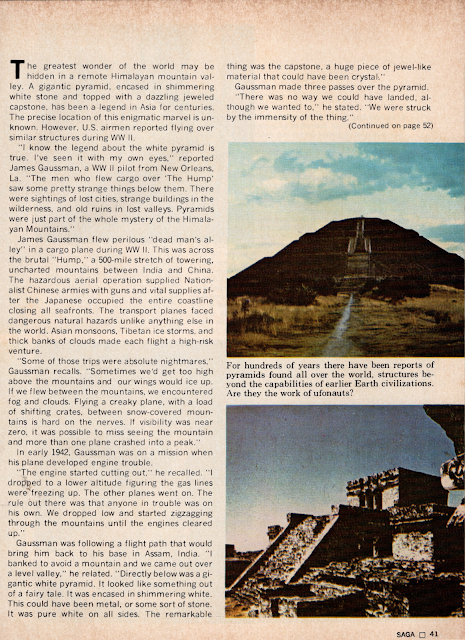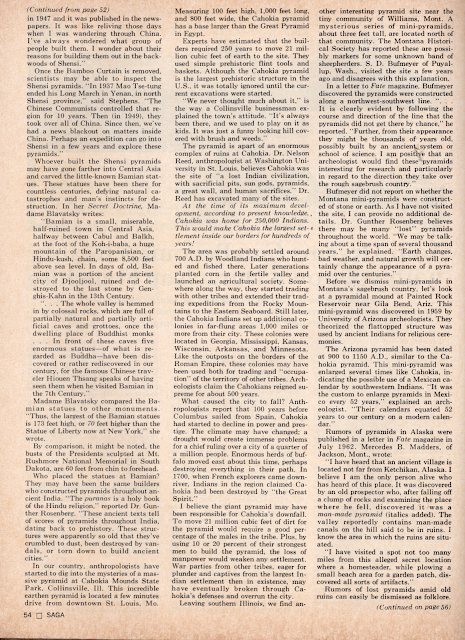“Another type of Monster was attracting world-wide attention (in the '30s) - a political Monster in the evil form and posturings of Adolf Hitler,” - Tim Dinsdale, The Story of the Loch Ness Monster, page 47.
"The great Asian country known today as Communist China," - Dinsdale, Loch Ness, page 16.
Dinsdale! Here's a vintage Loch Ness Monster primer by one of the grand old men of monster hunting, aimed at a younger audience hungry for the facts on Nessie, with updates up to the minute circa 1974! Target is UK publisher Tandem's imprint for young readers, and is best known nowadays for their long running line of Dr. Who novelizations (or is that novelisations?) still being published today.
 |
| No time to watch Dr. Who? Try the books! |
 |
| A loyalty badge for Target readers, from 2017 |
 |
The sixth edition, 1982. Quoting Naish: "You might doubt that encounters as close and thrilling as this ever occurred." |
Darren Naish of Tetrapod Zoology has written an essential series of posts on classic Loch Ness books, and again, you might be surprised nowadays by how much of the Loch Ness Monster legend was promulgated by a handful of dedicated amateurs and a hungry tabloid media, ultimately all out of proportion to any purported evidence. It's worth quoting Naish here on Dinsdale's well meaning credulity:
“On that note, and while it again shames me to say it, I’m impressed – if that’s the right word – by Dinsdale’s naivety when we look at specific parts of his Loch Ness experience. Take his interaction with Tony Shiels, the self-proclaimed Wizard of the Western World. In 1977 Shiels claimed to capture on film the most remarkable colour photos of Nessie ever taken, an object affectionately known today as the Loch Ness Muppet. Any familiarity with Shiels and his adventures quickly reveals that he has, and seemingly always has had, a tongue-in-cheek, jovial take on monsters and how they might be seen. They’re not really meant to be undiscovered animals lurking in remote places, but interactive pieces of quasi-surreal art akin to open-air theatre, the ensuing cultural response in literature and news being as much a part of the event, if not more, as the claimed sighting and photo. While I undoubtedly write with the benefit of hindsight (and, dare I say it, some quantity of insider information), Dinsdale was seemingly unable to perceive this. And thus the muppet photo appears – as a legit image of the Loch Ness animal – on the cover of the fourth edition of Dinsdale’s The Loch Ness Monster, a decision that speaks volumes.”
 |
| Dinsdale's 4th edition of Loch Ness Monster - not to be confused with this title, The Story of the Loch Ness Monster |
This title serves well as a fair minded but ultimately pro-monster Loch Ness reader, and perhaps Dinsdale's greatest achievement is navigating the oft-tumultuous scene of professional monster hunters at Loch Ness. He's scrupulously fair to competing identities for the monster, ranging from the well known plesiosaur to giant eels and sturgeons, wayward giant seals, and occultist F.W. Holiday's bizarre but lovable invertebrate Tully Monster, last seen 300 million years ago! Dinsdale presents the classic version of the Nessie story, beginning with St. Columba's miracle routing of a water monster in the River Ness circa 564 AD - this must be a true story, Dinsdale affirms, because no author of a saint's biography would tell lies! Never mind that St. Columba's biography as written by Adamnan (around 700 AD) is full of many miraculous feats just as outlandish as Nessie's revocation, being a hagiography of a miracle man written for the faithful. But maybe that's just more evidence for Nessie's reality, as Dinsdale brings in legends of water horses and kelpies as mythological support for the monster.
Per Dinsdale, the Loch was an isolated locale prior to highway blasting in the early '30s which provoked Nessie and also brought witnesses to the lakeside. Foundational writers Rupert T. Gould and Constance Whyte are trotted out as serious researchers setting the stage for the "modern" '70s investigations which are going to yield rock solid proof any day now. Skeptical writer Ronald Binns has shown how the Loch was actually a popular tourist destination all through the 1800s, without any attendant monster legend prior to the '30s. His Decline and Fall of the Loch Ness Monster (2019) is another essential text for reinterpreting the classic Ness legend. But back in 1974, Dinsdale was positive that cutting edge tech like sonar and autogyros would expose the monster - wait a minute, we know all about the sonar and Rines' underwater photos, but autogyros? Yes! Dinsdale details how pilot Ken Wallis flew his one man gyrocopter over the Loch taking gorgeous large format photos ... no monster, unfortunately, but Dinsdale says the pics were spectacular anyways. Wallis also gave his chopper and flying talents to the Bond entry You Only Live Twice back in 1967, another subject perfect for Target readers.
The irascible Frank Searle gets a brief but fair review of his monster watching action, stationed in a van by the lakeside. A decade later in 1983, Searle would be the main suspect in an attempted firebombing of a Loch Ness Monster Project vessel! Searle also started shilling obvious hoax photos to the tabloids around 1973, and perhaps Dinsdale would revise his opinion in later years.
Dinsdale makes a lot out of the 1972 Rines "flipper" photos, touched up beyond recognition from their original grainy nothing images. The infamous "surgeon's photo" is defended, because it may look primitive, but, Dinsdale claims, we should keep in mind that photography was a primitive art form in the '30s! This is ridiculous on the face of it and an unfortunate example of the special pleading that undergirds the Loch Ness Monster legend. Still, this title is an enjoyable snapshot of an era, and benefits from Dinsdale's affable prose and clean cut image. There's no railing against scientific elites here, no bitter recriminations, just some classic midcentury scientific positivist faith. It's fun! Dinsdale warns potential monster hunting teenagers to be careful around the Loch, and take water safety seriously. Hear, hear! He ends with an abrupt chapter on Morag of Loch Morar, another potential lake monster. Unlike Loch Ness, Morar is privately owned, and Dinsdale believes this may have given Morag some solace and privacy. It also leads into the most famous Morag story, as a couple of deer poachers in a dingy claim they were attacked by Morag and broke an oar defending themselves! Dinsdale quotes a completely invented Scottish lay about Morag, and that's all she wrote:
"Morag, Harbinger of Death,
Giant swimmer in deep-green Morar,
The loch that has no bottom ...
There it is that Morag the monster lives."
Target, 1974 (original pub. 1973)














































